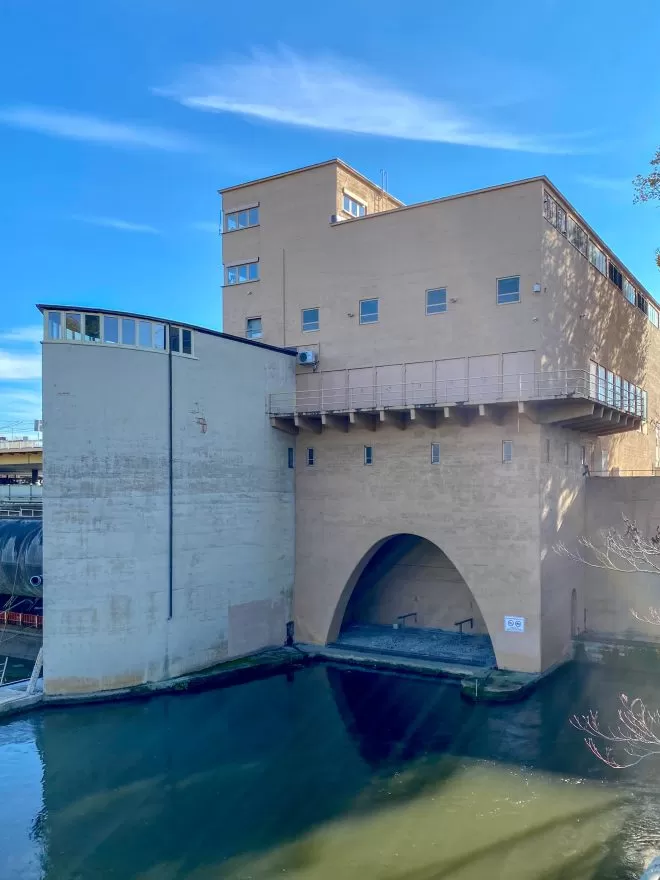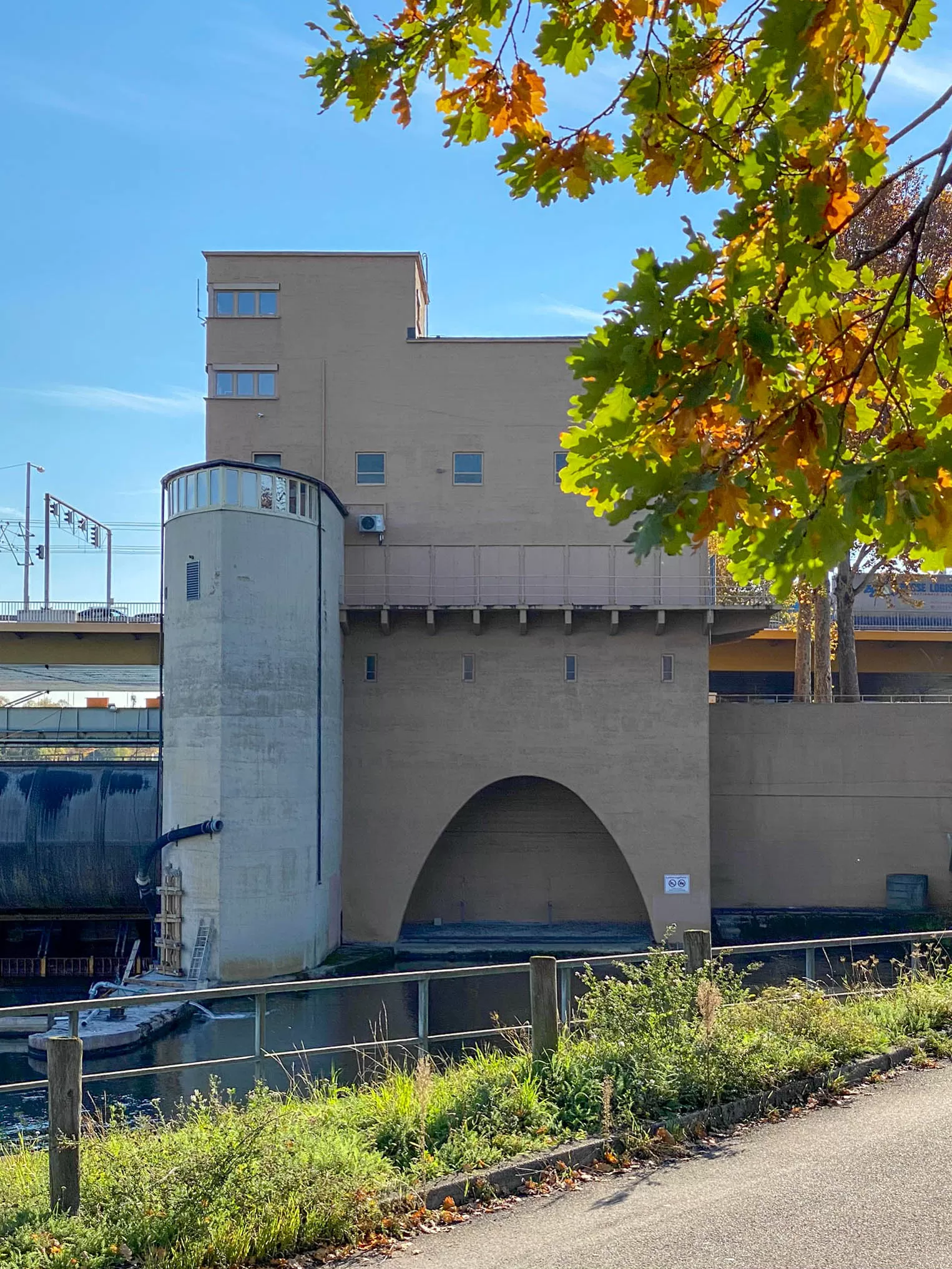
Hydroelectric Power Plant Cannstatt, 1927-1930. Architect: Paul Bonatz. Photo: Daniela Christmann
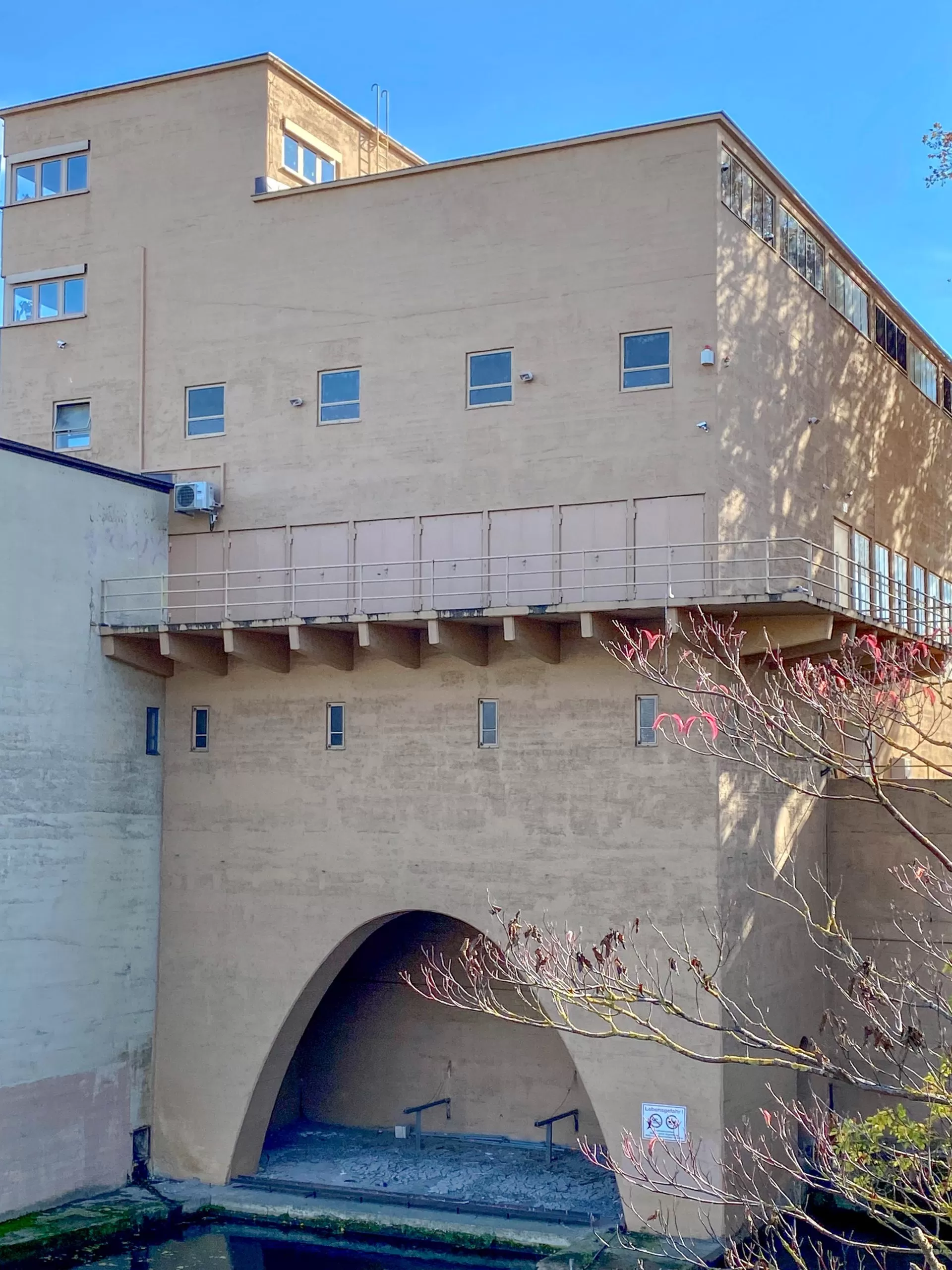
Hydroelectric Power Plant Cannstatt, 1927-1930. Architect: Paul Bonatz. Photo: Daniela Christmann
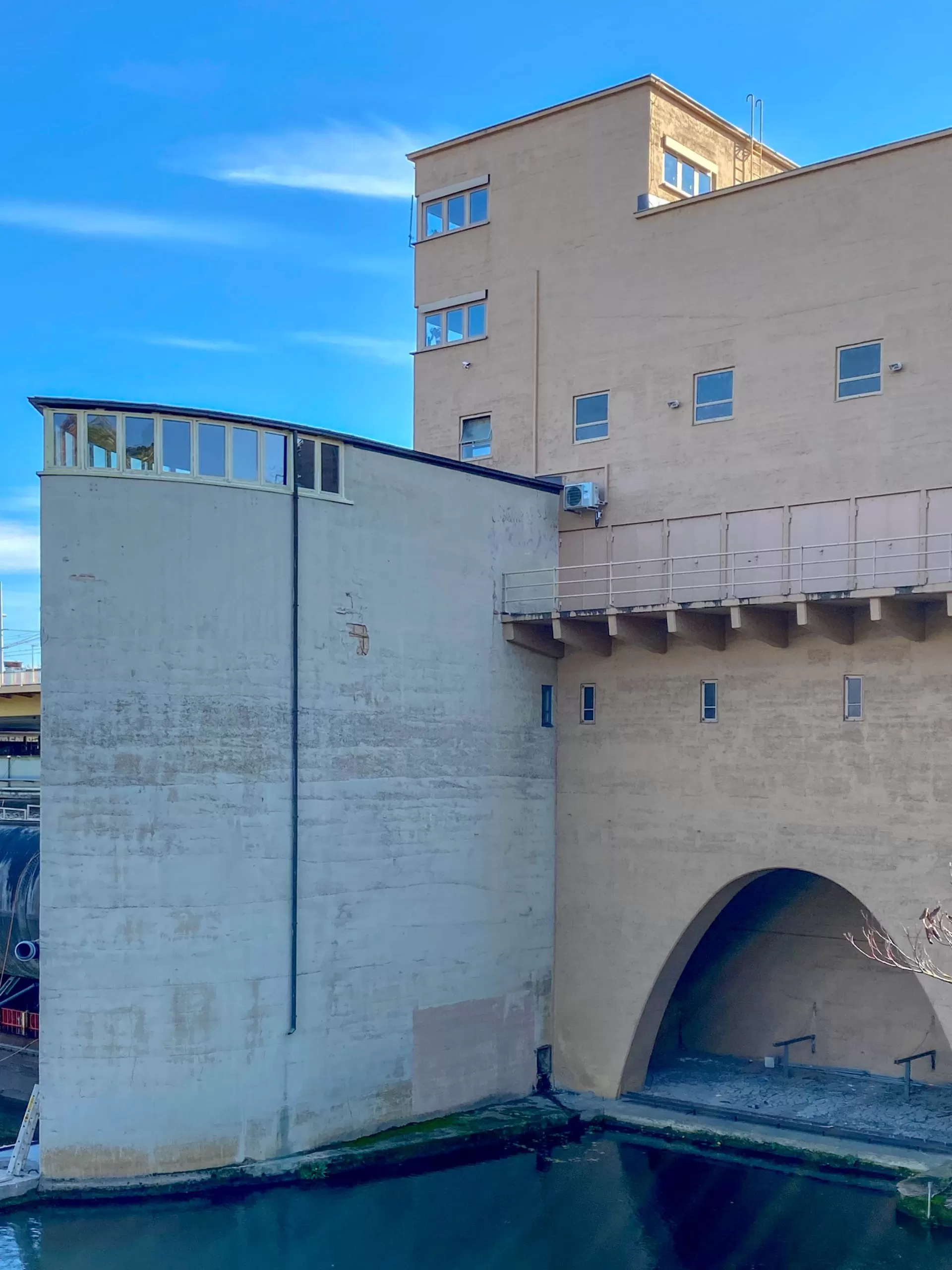
Hydroelectric Power Plant Cannstatt, 1927-1930. Architect: Paul Bonatz. Photo: Daniela Christmann
1927 – 1930
Architect: Paul Bonatz
König-Karl-Straße, Stuttgart-Bad Cannstatt, Germany
Between 1927 and 1930, the Stuttgart-Cannstatt barrage of the Neckar Canal with weir and hydroelectric power station was built according to plans by architect Paul Bonatz.
At this time, Bonatz had already planned several bridges and barrages in the Neckar Canal. Here, for the first time, he was faced with the design task of connecting the weir and powerhouse.
Construction
The concrete surface, which was left rough from the formwork, and the sleek shape of the weir piers became the characteristic element of his barrages and powerhouses in the 1920s.
The barrage consists of a double lock on the right bank, a hydroelectric power station on the left bank and a two-span weir in the middle. The lock is remotely operated from the remote control center at the Obertürkheim barrage.
In 1919/20, after long preliminary planning, the construction of the Neckar Canal was started.
In the course of these measures, the Stuttgart-Cannstatt barrage with weir and power station was also built between 1927 and 1930.
Weir
The weir consists of two rollers, the right one of which has an attached flap for fine regulation.
The associated double chamber sluice was only built between 1955 and 1958.
For reasons of space, the downstream gates are lift-and-turn gates which are first raised when opened before being swung open. They are equipped with counterweights and are moved by an electric lift cylinder via articulated racks.
Viewed from the Rhine, the Cannstatt barrage is the twenty-second installation.
Paul Bonatz
Paul Michel Bonatz was born in Solgne, Lorraine, in 1877, grew up in Alsace and graduated in architecture in Munich in 1900.
The same year he joined Theodor Fischer’s architectural office there. In 1902 Fischer called him to join him as an assistant at the Technical University of Stuttgart, where he succeeded him as professor in 1908.
Three years later Bonatz and his partner Friedrich Eugen Scholer won the competition for Stuttgart’s main train station, the first phase of which opened in 1922. The main station was completed in six years later.
In 1926 he delivered a first development proposal for the Werkbund housing estate at Weissenhof. After disagreements with Ludwig Mies van der Rohe, Bonatz withdrew from the planning.
Bonatz resigned from the architects’ association “Der Block” in 1931 due to irreconcilable differences with Paul Schultze-Naumburg.
Between 1926 and 1933, he devoted himself primarily to planning the barrages of the Neckar Canal.
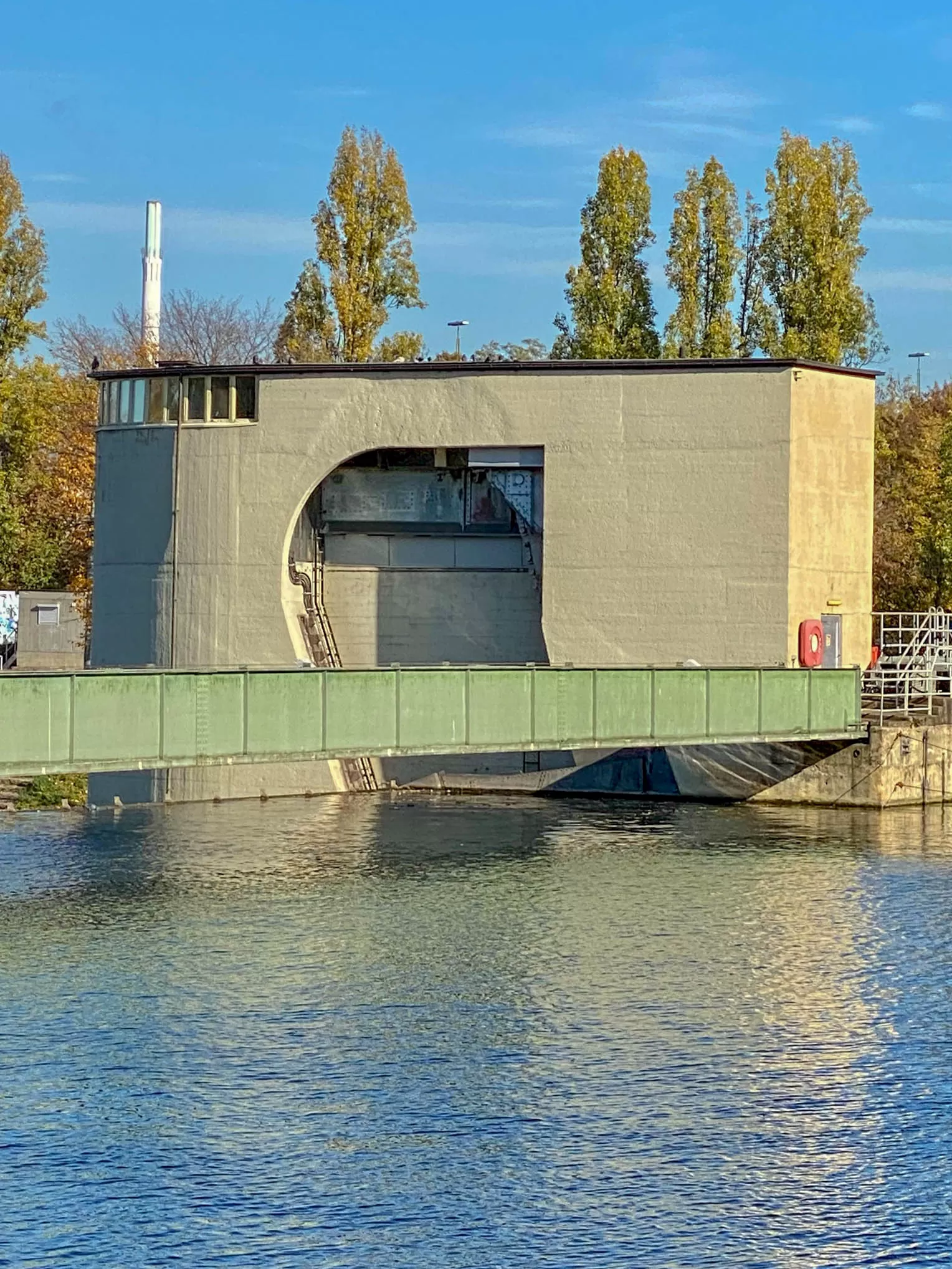
Hydroelectric Power Plant Cannstatt, 1927-1930. Architect: Paul Bonatz. Photo: Daniela Christmann
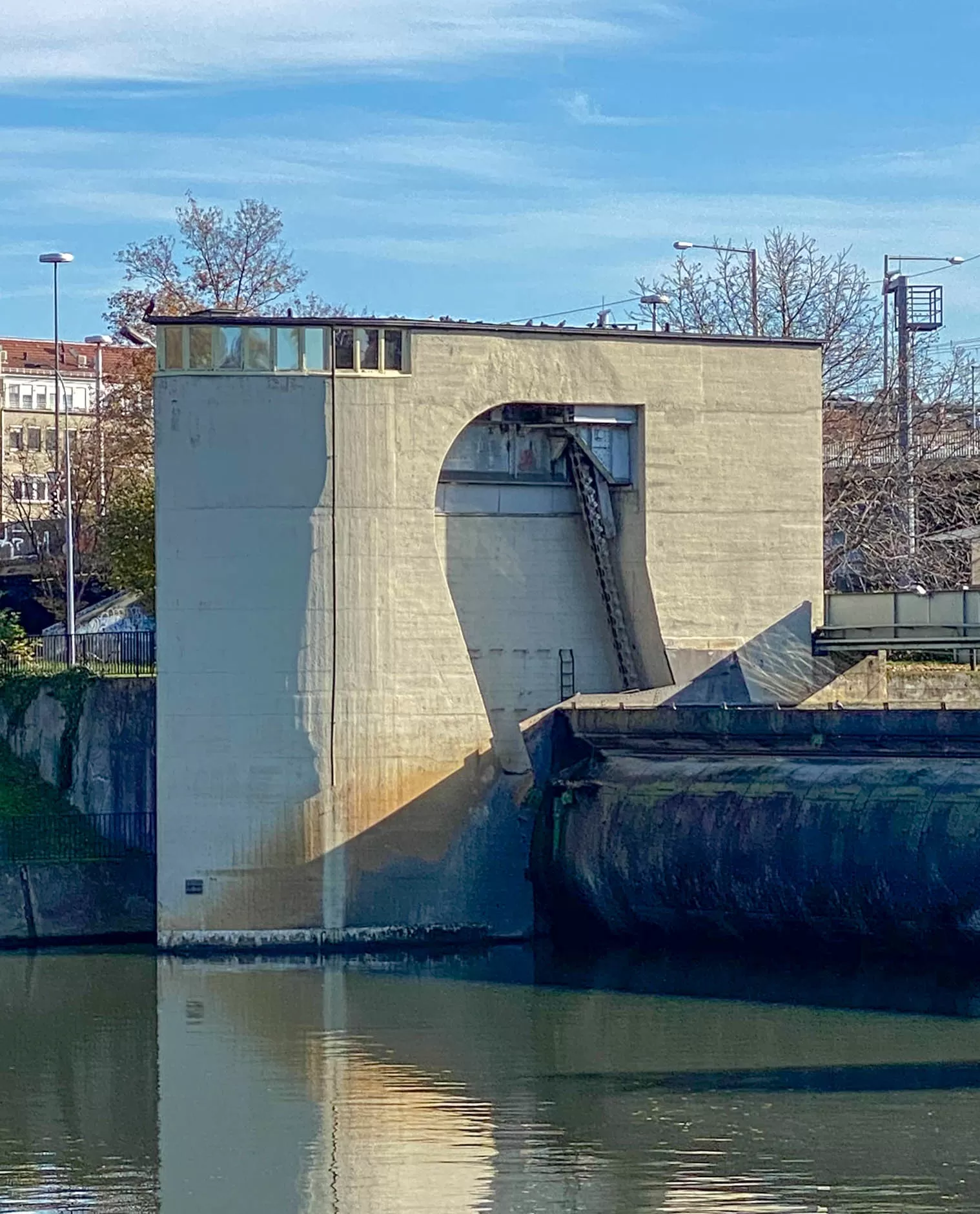
Hydroelectric Power Plant Cannstatt, 1927-1930. Architect: Paul Bonatz. Photo: Daniela Christmann
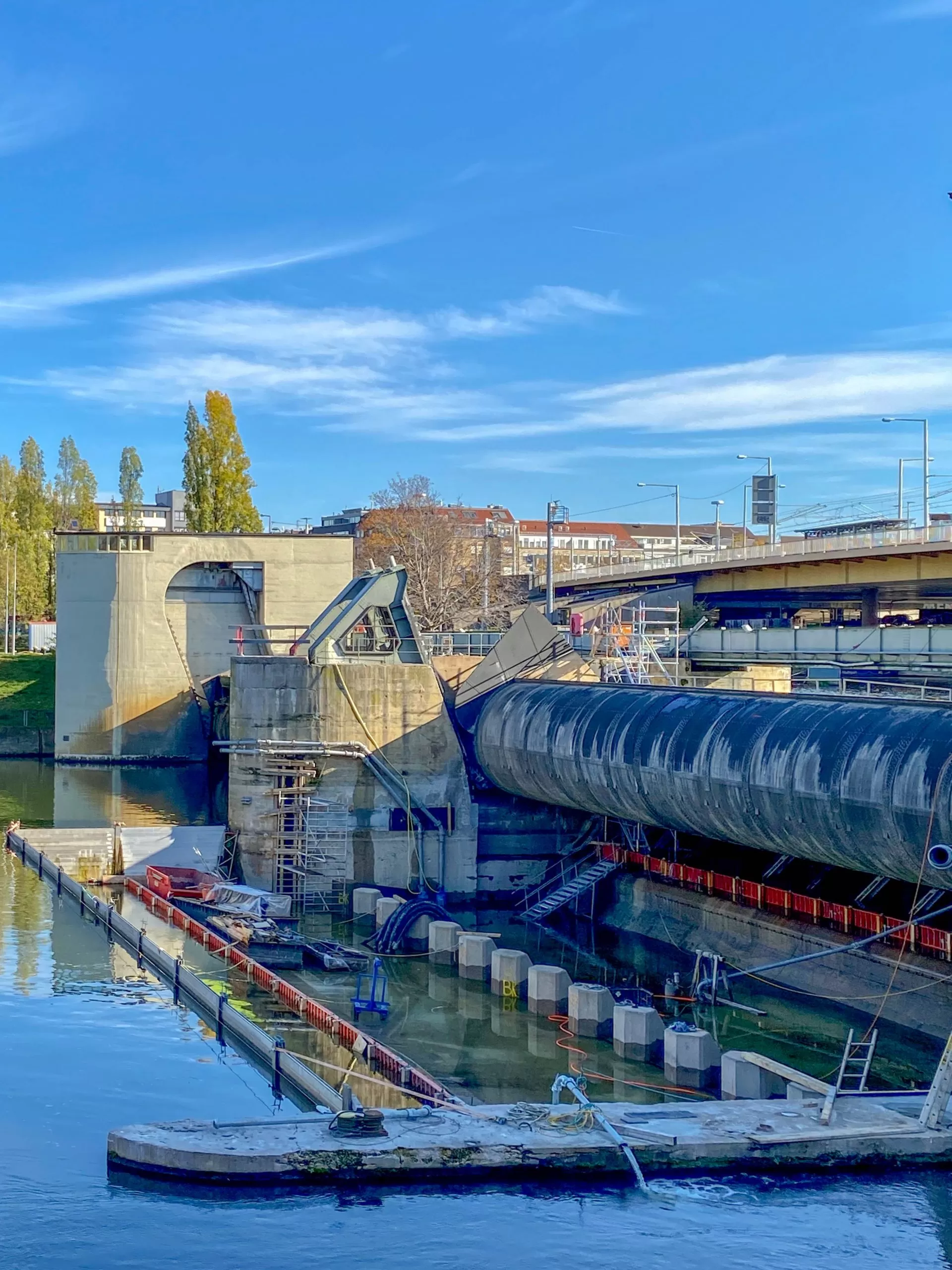
Hydroelectric Power Plant Cannstatt, 1927-1930. Architect: Paul Bonatz. Photo: Daniela Christmann

